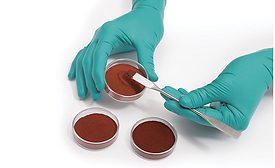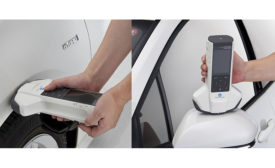Featured on Home Page
Development of a Chemical-Resistant, Two-Component Polyurethane Coating System
Characterized by a Polycarbonate-Based Polyurethane Polyol
Read More
Keep the info flowing with our eNewsletters!
Get the latest industry updates tailored your way.
JOIN TODAY!Copyright ©2025. All Rights Reserved BNP Media.
Design, CMS, Hosting & Web Development :: ePublishing










